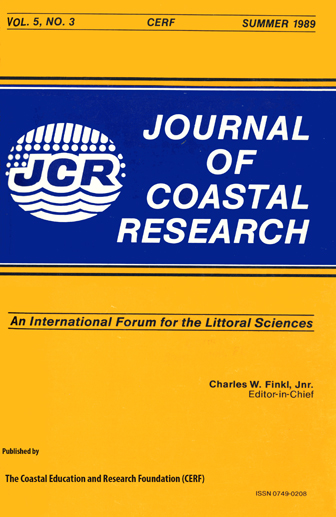Sediment Input from the Norfolk Cliffs, Eastern England - A Century of Coast Protection and Its Effect
Keywords:
East Anglia, North Sea coast, feeder bluffs, coastal protection, revetments, groynes, littoral drift, sediment supplyAbstract
The 33 km of cliffs in northeastern Norfolk, average 25 m high and under natural conditions erosion supplies well over 5 x 105m3yr- l of sediment to the beach system, of which about two-thirds is sand and gravel. This provides a feed to beaches for a distance of over 60 km downdrift. Today 70%, of the cliffs are defended, and the sediment supply has been reduced to 70-75% of its natural level. The reduction is less than was intended by the designers of the defences, but most of these are wooden revetments fronted by permeable groynes, which only succeed in reducing the rate of retreat to about two-thirds of its natural value. Considerable differences are found between the northern coast which is swash-aligned and has low rates of erosion, and the drift-aligned coast with its high rates of littoral drift where rates of erosion are high and defences are less effective.


